Table of Contents
In today’s article, we will discuss the most promising cryptocurrencies before the bullrun
Most promising cryptocurrencies before the bullrun
- Internet Computer – Blockchain network, which aims to bring greater efficiency, speed, and decentralization of computations and data storage
- Injective – DeFi Protocol, which allows creating decentralized exchanges, derivatives, and other financial products
- Optimism – A Layer 2 solution, whose goal is to increase the speed and scalability of the Ethereum network
- Kaspa – Cryptocurrency based on its own, patented DAG technology, which provides a secure and efficient infrastructure for data storage and payment transmission
- THORChain – A platform, which offers a decentralized solution for the exchange of cryptocurrencies across different blockchains
- Arbitrum – A Layer 2 scaling solution for the Ethereum blockchain
- Mina – L1 Blockchain, whose goal is to fulfill the original promise of blockchain – decentralization, scalability, and security
- Astar – Cryptocurrency, whose goal is to provide a decentralized platform for interoperability across chains
Most promising cryptocurrencies before the bullrun – a more comprehensive analysis
1. Internet Computer – Blockchain network, which aims to bring greater efficiency, speed, and decentralization of computations and data storage
Internet Computer stands out by not being a typical platform for smart contracts. The goal of ICP is nothing less than to replace the entire internet as we know it. The platform, behind which stands the startup Dfinity, can be defined as a project to expand internet access, eliminate the monopoly established by big technology companies, and offer developers, users, and businesses a mechanism for deploying “software and services directly on the public internet.”
ICP was launched in May 2021 and immediately became one of the biggest blockchain projects on the market. The Internet Computer platform provides instant access to dApps (decentralized applications) using blockchain and cloud technologies. Internet Computer allows developers to create and host applications on the blockchain and users to use them directly in the browser. This platform provides scalability, security, and immediate smoothness, meaning that applications running on the internet computer run without delays.
This is a unique project, where the idea of decentralization is fully realized. However, this does not concern the area of electronic money, but aims at the global cloud infrastructure. It can be called “World Computer,” whose goal is to replace traditional IT technologies. In this way, a new generation of Web3 applications and services, fully running on the blockchain, is created. ICP is considered an improved version of the Ethereum network capabilities.
Internet Computer offers a number of advantages over traditional hosting platforms. Firstly, it provides instant access to applications without the need to install them on the computer. Moreover, thanks to the use of blockchain technology, this platform is more secure and decentralized than traditional solutions.
2. Injective – DeFi Protocol, which allows creating decentralized exchanges, derivatives, and other financial products
Injective is a unique blockchain where developers can find robust modules ready for use, such as a fully decentralized order book, which can be used to create a diverse range of sophisticated applications. Moreover, Injective is an open, interoperable platform for smart contracts. Injective is created using Cosmos SDK and facilitates high-speed transactions across chains on the largest first-layer networks, such as Ethereum and Cosmos Hub.
The Injective ecosystem provides unlimited and unprecedented access to decentralized financial markets, products, services, and tools. Users can create any financial market using the secure and fully decentralized exchange protocol of Injective. The trading infrastructure of Injective is fully powered by a central limit order book, integrating user-friendly interface and the speed of centralized exchanges with the transparency of decentralized exchanges.
The unique decentralized protocol is capable of supporting cross-chain trading with cryptocurrencies, perpetuals, futures, and various assets on many blockchains. The Injective ecosystem includes more than 100 projects and more than 200,000 community members from all over the world. The project is supported by a group of significant investors, such as Binance, Pantera Capital, and Mark Cuban.
INJ is the native token of the protocol. It is an asset that is used for governance, liquidity extraction, and staking. 60% of all trading fees go to the buyback and burn of INJ every two weeks, allowing the supply of INJ to decrease over time.
3. Optimism – A Layer 2 solution, whose goal is to increase the speed and scalability of the Ethereum network
Optimism blockchain utilizes Optimistic Rollups technology, which reduces transaction fees tenfold compared to the first layer of the Ethereum network. At the same time, it allows easy implementation of any smart contracts and decentralized applications written in Solidity. The Optimism network has the capacity of 200 to 2,000 transactions per second. According to data available on the website DefiLlama, Optimism is among the top networks on Layer 2 in terms of the number of protocols operated and liquidity.
The essence of the technology is that transaction processing and smart contract execution occur in the Layer 2 network, while the main Ethereum network is tasked with generating blocks and ensuring security. Optimism uses its own Optimistic Virtual Machine (OVM), which allows smart contracts and decentralized applications written for Ethereum to run without change in the Layer 2 network. To increase the speed of transaction processing, OVM operates without verifying the authenticity of each transaction. This means that, unlike the Ethereum mainnet, every transaction in the Optimism network is considered real until proven otherwise.
To ensure security (e.g., to prevent double spending), OVM allows network participants to challenge the authenticity of transactions. Special computing nodes, called sequencers, aggregate hundreds of transactions made in the Layer 2 network into compact “accumulation packets,” which are incorporated into blocks in the base Ethereum network. Another type of nodes, validators, can challenge the authenticity of transactions sent by sequencers within a week. If a transaction is challenged by a validator, the entire packet is verified by comparing root states before and after the transaction.
If the check shows that the offer is false, the entire transaction packet and the corresponding block are rejected, the vigilant validator is rewarded, and the sequencer is punished. The native token of the ecosystem is called OP.
4. Kaspa – Cryptocurrency based on its own, patented DAG technology, which provides a secure and efficient infrastructure for data storage and payment transmission
Kaspa is a cryptocurrency based on its own DAG (Directed Acyclic Graph) technology. Thanks to this technology, transactions made using Kaspa are faster and cheaper than other cryptocurrencies. One of the key elements of Kaspa is its unique implementation of the Bitcoin protocol, which ensures compatibility with existing payment systems. This allows Kaspa to function as a complement or alternative to payment systems based on traditional currencies. Kaspa also offers many other advantages, such as easy integration with other projects, high scalability, low transaction costs, and user security and privacy.
Kaspa operates on a peer-to-peer basis, meaning that transactions are carried out directly between users, without intermediaries. Each user has their own copy of the ledger, which is used to verify transactions. Thanks to the use of DAG technology, Kaspa offers exceptionally high performance and scalability. DAG allows parallel processing of transactions, meaning that the more users, the faster and more efficient the network becomes.
Kaspa’s mainnet today processes one block per second, but “the goal of developers is to significantly increase the number of blocks per second, which will attract the development of smart contracts and DeFi.” This makes Kaspa one of the fastest blockchains based on PoW. Unlike bitcoin and other PoW systems, such as Bitcoin Cash, Litecoin, and ZCash, Kaspa has such high transaction processing speeds that it has the potential to become a global peer-to-peer payment platform. It effectively becomes a competitor to bitcoin, even assuming widespread adoption of the Lightning Network.
Kaspa (KASP) is a project that seeks to solve significant performance and scalability problems in blockchain technology. Its innovative approach to dynamic block size and decentralized issuance opens doors to new opportunities and perspectives in the world of cryptocurrencies.
5. THORChain – A platform that offers a decentralized solution for exchanging cryptocurrencies across different blockchains
If you are looking for a decentralized solution that allows you to easily exchange tokens across chains, without wrapping tokens, then THORChain may be what you were looking for. You can also earn by providing liquidity to the exchange or running a node to secure the network. You are probably already comparing THORChain with Uniswap in your head, but in many respects, they differ. THORChain was created in 2018. However, it offers a whole range of exchange services, and its continuous liquidity pools are unique in this industry.
Since THORChain is built as a cross-chain solution, it is possible to exchange any asset through THORChain, which is better than DEX offers. In the THORChain ecosystem, there are essentially two groups. Some are users and others are liquidity providers. Users are the primary participants of the network, who use the cross-chain services of the project for easy token exchanges. Such swaps are carried out between liquidity groups, with the user paying a fee to cover transaction fees and for the execution of the swap.
The second group that uses THORChain are liquidity providers, who add liquidity to various pools for operating the exchange. This liquidity is bound to RUNE tokens and is then held in separate vaults operated by network nodes. By using a continuous liquidity pool in this way, THORChain avoids the need for external price sources or oracles. Liquidity providers are rewarded through transaction fees charged to users.
The thing that keeps the entire THORChain ecosystem together is the BiFrost protocol, which the team built from the ground up and does only one thing – connects all existing blockchains together. The RUNE token is the native token of THORChain and is also an important part of the system. It is a BEP20 token and serves four purposes within the ecosystem: security, liquidity, governance, and rewards.
- A Look Back at Bitcoin’s Historic Year 2024: From ETFs to New All-Time Highs - December 31, 2024
- Ethereum Price Could Skyrocket in 2025: Here’s What Experts Expect 🚀📊 - December 31, 2024
- How Trump’s Politics Could Send Ethereum to the Moon—Or Just to Mar-a-Lago? - December 30, 2024

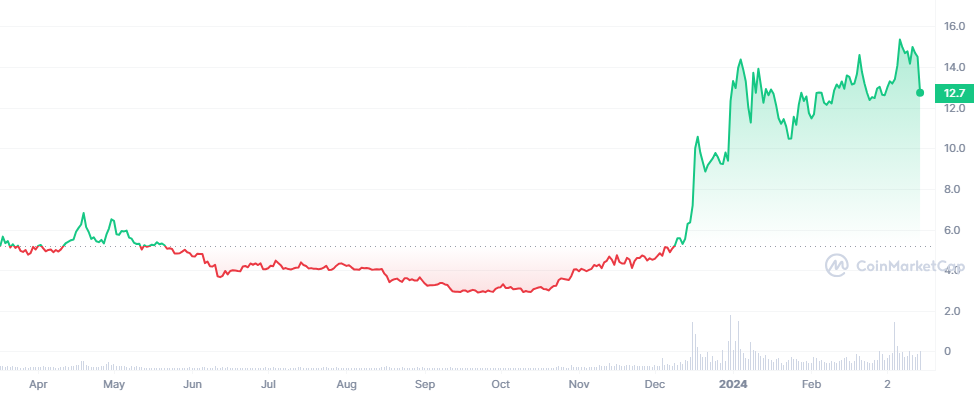
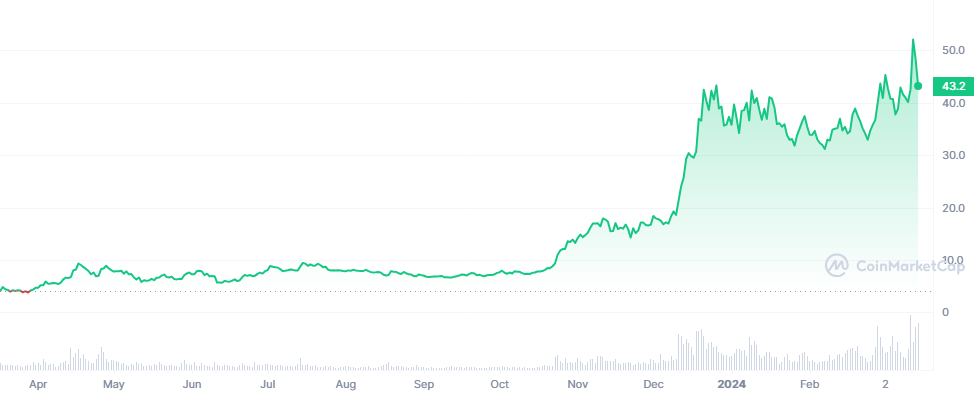
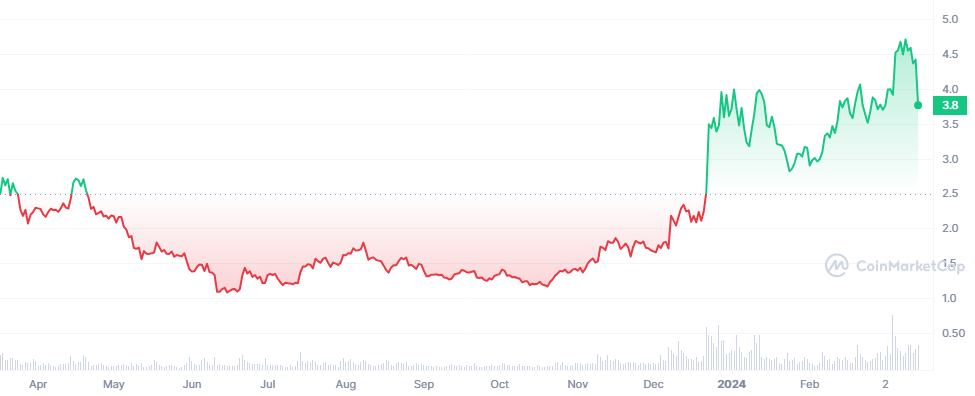
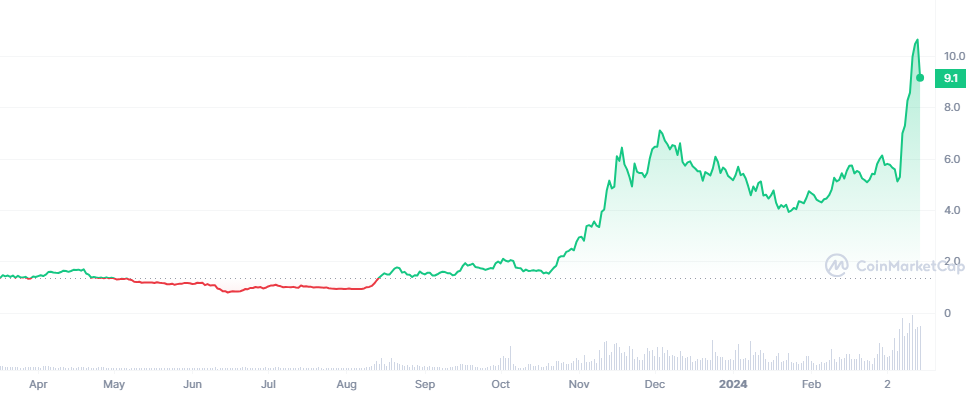
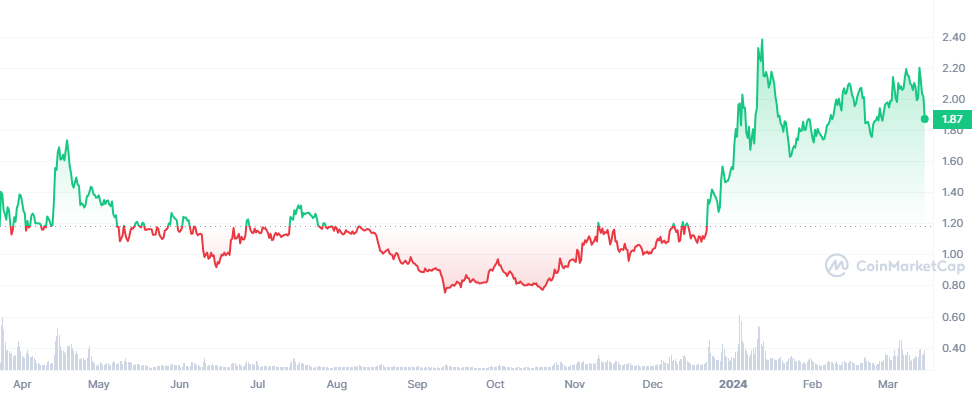
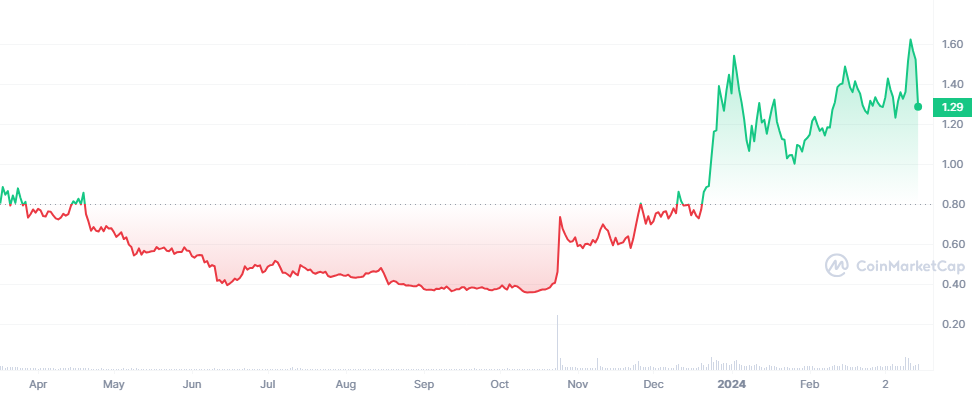
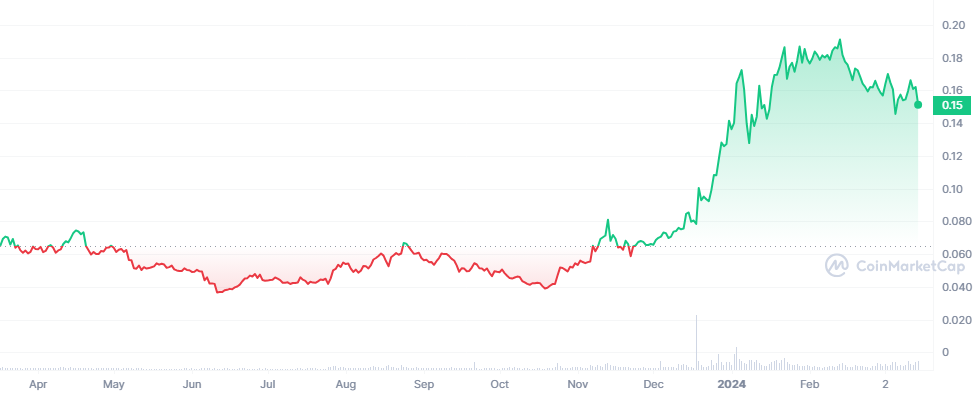

![Best Platforms for Copy Trading in [current_date format=Y] 21 Best Platforms for Copy Trading](https://cryptheory.org/wp-content/uploads/2024/12/copy-trading-350x250.jpg)
![Top 10 Cryptocurrency Platforms for Grid Trading in [current_date format=Y] 22 Top 10 Cryptocurrency Platforms for Grid Trading](https://cryptheory.org/wp-content/uploads/2024/12/grid-trading-350x250.jpg)
![BingX Exchange: A Detailed Guide to Using, Trading, and Maximizing Features in [current_date format=Y] 23 BingX Exchange: A Detailed Guide to Using, Trading, and Maximizing Features](https://cryptheory.org/wp-content/uploads/2024/11/4-5-350x250.jpg)



















